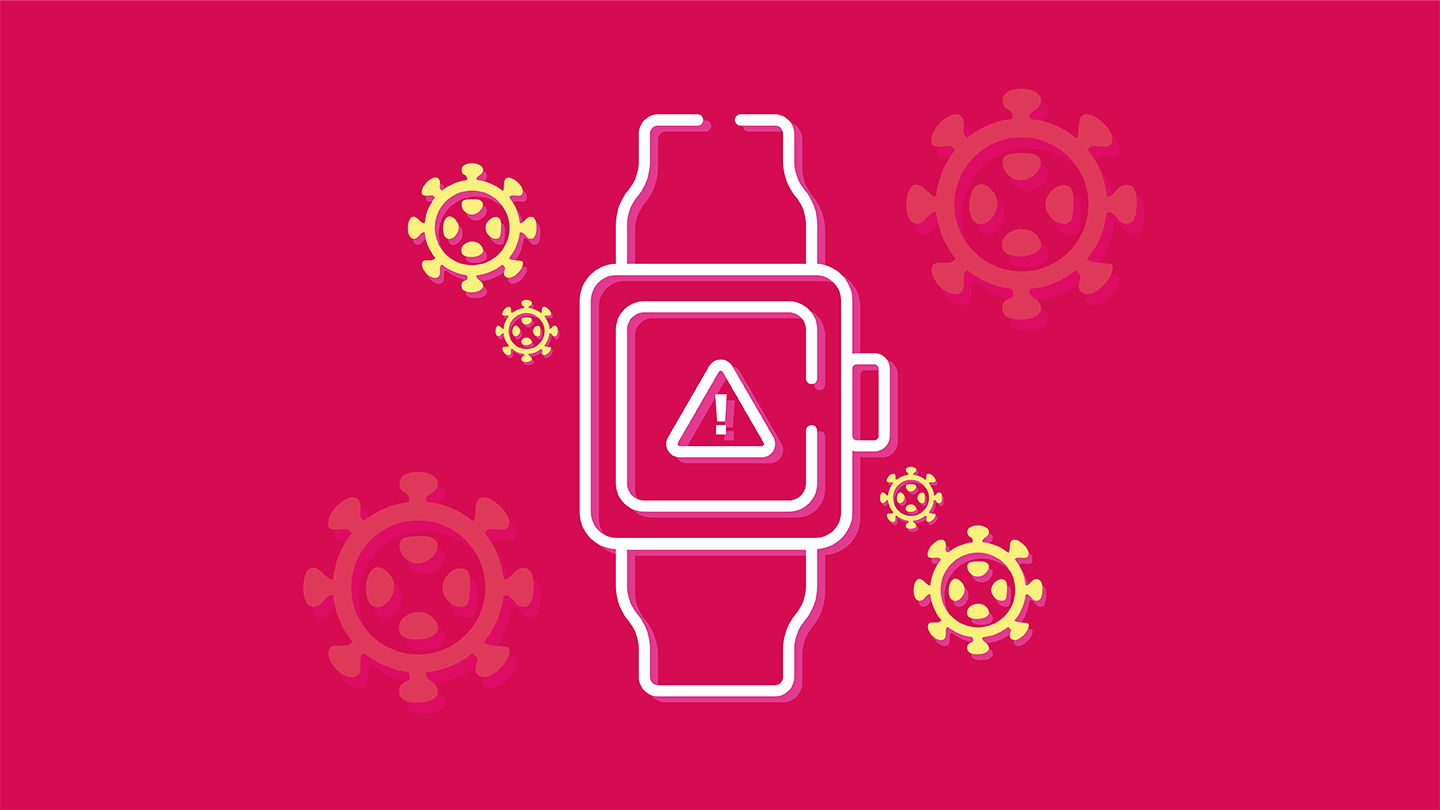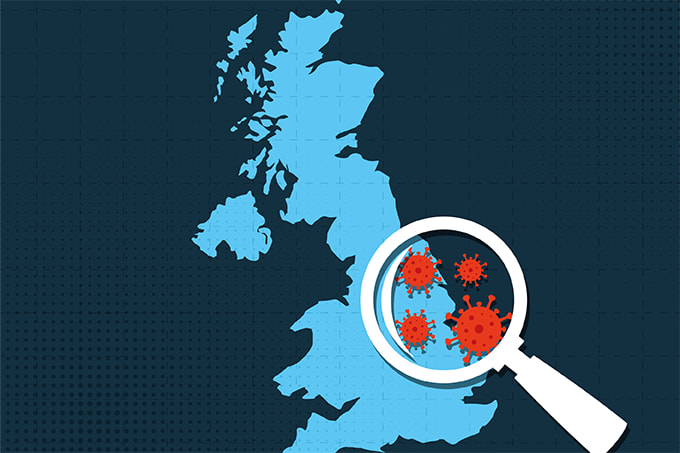
A recent study published in PNAS Nexus examined the potential role of smartwatches in controlling the spread of infectious diseases by detecting presymptomatic and asymptomatic infections. Researchers from Aalto, Texas A&M, Stanford, and Tel Aviv Universities developed a multiscale modeling framework to assess whether early disease detection via wearable devices could lead to a reduction in social contacts and lower disease transmission rates.
The study analyzed the impact of smartwatch detection on transmission of COVID-19 variants (ancestral, delta, and omicron) and seasonal and pandemic influenza. The researchers found that isolating early after a smartwatch alert could significantly lower transmission risk. If people reduced social contact by 66 percent after an alert, the reproduction number for the ancestral COVID-19 variant could drop from 2.55 to 1.37. With a 75 percent contact reduction, the reproduction number fell below 1 for the delta variant and both types of influenza. The results suggest that wearables could support traditional testing by continuously monitoring health, detecting infections early, and encouraging social distancing.
“People are used to wearable devices and they’re likely to trust them. While they’re not yet diagnostic, they could help make unpopular approaches like masks, lockdowns, and invasive testing more targeted and less of a blunt instrument,” said Märt Vesinurm, lead researcher of this study in the press release.
However, the study noted that effectiveness depends on smartwatch accuracy, public willingness to isolate, and integration with public health measures. More research is needed to test real-world feasibility across different populations.
“As we gather more specific data about how different illnesses affect these measurements, there’s no reason we couldn’t distinguish between diseases, from bird flu and HIV to the common cold, especially when used in conjunction with advanced machine learning methods and other data from the user,” said Vesinurm.




